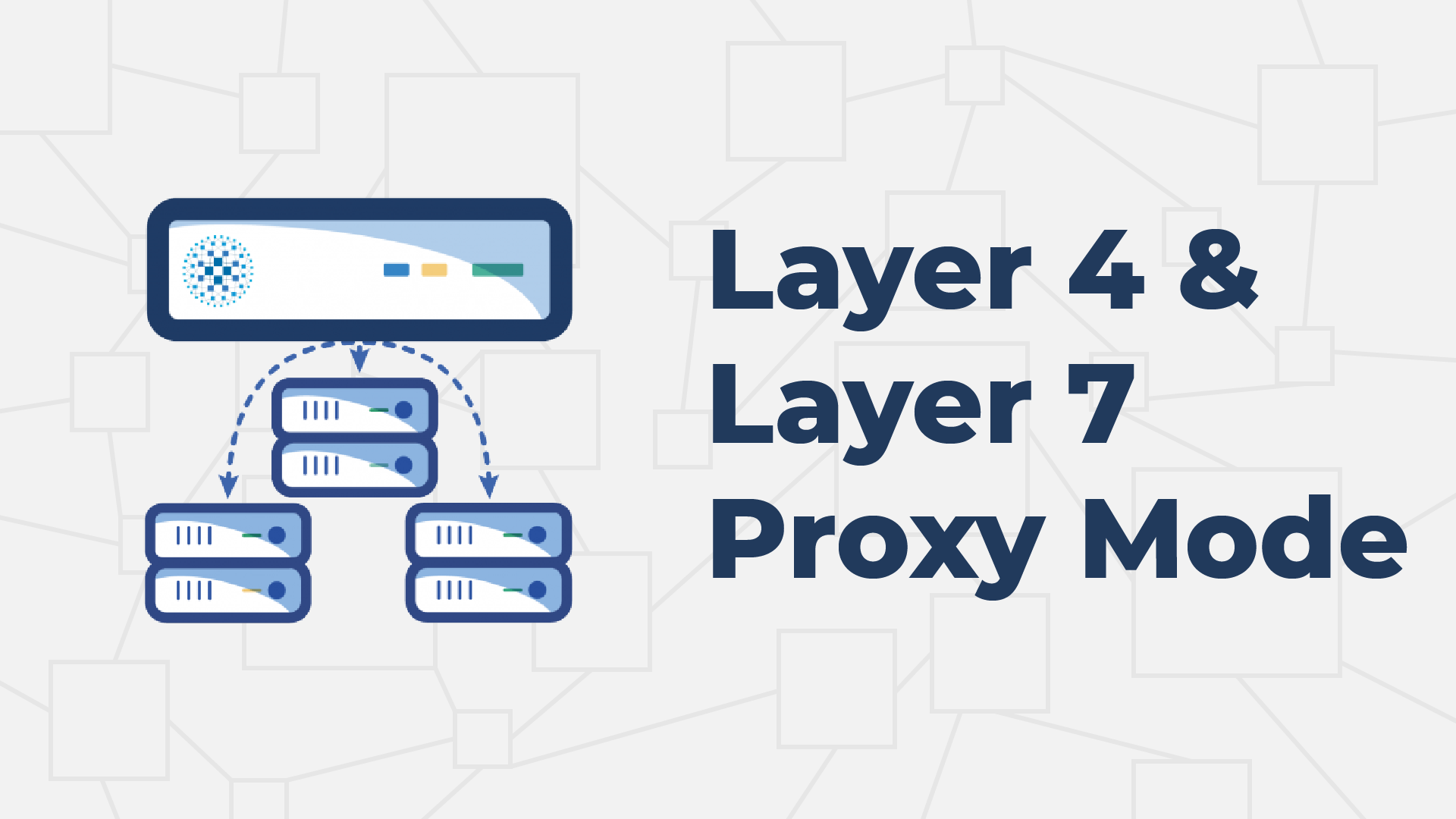Ever wondered how to unlock the hidden potential of nlocalhost by activating its proxy mode? If you're diving into web development or looking to enhance your local server setup, you're in the right place. nlocalhost is more than just a tool—it's your gateway to seamless development and testing environments. Let's dive in and explore what makes this feature so powerful.
Imagine having a local server that acts like a superhero for your web projects. With nlocalhost's proxy mode, you can streamline your workflow, test APIs effortlessly, and even simulate real-world server conditions. Sounds cool, right? But first, let’s break down what exactly nlocalhost is and why it matters to you.
In today’s fast-paced digital world, developers need tools that keep up with the demands of modern web applications. Whether you’re working on a small project or building an enterprise-level app, having the right setup can make all the difference. And that’s where nlocalhost comes into play, offering a robust solution for local development environments. Let’s get started!
Read also:Bing Crosby And Bob Hope A Bromance For The Ages
What Exactly is nlocalhost?
nlocalhost is essentially a tool designed to simplify local web development by providing a reliable and efficient local server environment. Think of it as your personal playground for coding, testing, and debugging without worrying about external dependencies. It’s lightweight, easy to set up, and packed with features that make life easier for developers.
One of its standout features is the ability to activate proxy mode, which allows you to route traffic through a local proxy server. This opens up endless possibilities, from testing third-party APIs to simulating network conditions. But before we dive deeper into proxy mode, let’s take a look at why nlocalhost is worth your attention:
- Efficient Local Development: Say goodbye to cumbersome setups and hello to streamlined workflows.
- Customizable: Tailor your environment to fit your specific needs with ease.
- Compatibility: Works seamlessly with various frameworks and technologies.
Why Activate Proxy Mode in nlocalhost?
Activating proxy mode in nlocalhost is like giving your local server a superpower. It allows you to intercept and modify HTTP requests, making it an invaluable tool for developers who need to test APIs, debug network issues, or simulate different server responses. Plus, it’s a great way to secure your development environment by controlling what data flows in and out.
Here’s why proxy mode is a game-changer:
- API Testing: Easily test and debug APIs without needing to deploy your code to a live server.
- Network Simulation: Simulate slow or unreliable connections to ensure your app performs well under different conditions.
- Security: Protect your local environment by filtering out unwanted requests or malicious traffic.
How Does Proxy Mode Work?
Proxy mode works by acting as a middleman between your local server and the internet. When you enable it, all outgoing requests are routed through the proxy server, allowing you to inspect, modify, or block them as needed. This level of control is crucial for developers who want to ensure their applications behave correctly in various scenarios.
For example, if you’re building an app that relies on a third-party API, you can use proxy mode to simulate different API responses and test how your app handles them. This not only saves time but also helps catch potential issues early in the development process.
Read also:How Judging Amy Became A Hit Show And What Happened To The Cast
Step-by-Step Guide to Enabling Proxy Mode
Ready to unlock the power of proxy mode? Follow these simple steps to get started:
- Install nlocalhost: If you haven’t already, download and install nlocalhost on your machine. Make sure it’s properly configured and running smoothly.
- Access Configuration Settings: Open the settings menu and locate the section for proxy configuration. This is usually found under advanced settings or network options.
- Enable Proxy Mode: Toggle the switch to activate proxy mode. You may need to specify the proxy server details, such as IP address and port number.
- Save and Restart: Once you’ve made the necessary changes, save your settings and restart the server to apply them.
And just like that, you’re ready to start using proxy mode! But don’t stop here—there are plenty of customization options to explore, depending on your specific needs.
Tips for Optimizing Proxy Mode
To get the most out of proxy mode, here are a few tips to keep in mind:
- Use Secure Connections: Always ensure that your proxy server uses encryption to protect sensitive data.
- Monitor Traffic: Keep an eye on the requests being sent and received to identify any potential issues.
- Regular Updates: Stay up to date with the latest features and security patches for nlocalhost to ensure optimal performance.
Common Issues and Troubleshooting
While nlocalhost is a powerful tool, like any software, it can sometimes encounter issues. Here are some common problems you might face when enabling proxy mode and how to fix them:
- Connection Errors: If you’re unable to connect to the proxy server, double-check your settings and ensure the server is running properly.
- Slow Performance: If your requests are taking too long, try optimizing your proxy configuration or switching to a faster server.
- Security Alerts: If you receive security warnings, verify that your proxy server is trusted and configured securely.
Remember, troubleshooting is all about identifying the root cause of the problem and applying the right solution. Don’t hesitate to reach out to the nlocalhost community or support team if you need additional help.
Advanced Configuration Options
For those who want to take their proxy setup to the next level, nlocalhost offers several advanced configuration options. These include:
- Custom Headers: Add or modify HTTP headers to control how requests are handled.
- Request Filtering: Set rules to filter out unwanted requests and improve performance.
- Logging and Analytics: Enable detailed logging to track and analyze traffic patterns.
These features give you even more control over your development environment, allowing you to fine-tune every aspect of your proxy setup.
Real-World Applications of Proxy Mode
Now that you know how to enable and optimize proxy mode, let’s explore some real-world applications where it can make a difference:
- E-commerce Platforms: Test payment gateways and shipping APIs without risking live transactions.
- Social Media Integrations: Simulate API responses from platforms like Twitter or Facebook to ensure smooth integration.
- Mobile App Development: Debug network issues and test app performance under different conditions.
These examples barely scratch the surface of what’s possible with proxy mode. The key is to think creatively and leverage its capabilities to solve real-world problems.
Case Studies: Success Stories with nlocalhost Proxy Mode
To further illustrate the benefits of proxy mode, let’s take a look at a few success stories:
- Company A: By using proxy mode, they were able to reduce API testing time by 40%, leading to faster development cycles.
- Developer B: Simulated poor network conditions to identify and fix performance issues in their app, resulting in a smoother user experience.
- Team C: Enhanced security by filtering out malicious requests, protecting their local environment from potential threats.
These stories highlight the versatility and value of nlocalhost’s proxy mode in various scenarios.
Best Practices for Using Proxy Mode
To ensure you’re getting the most out of proxy mode, here are some best practices to follow:
- Document Your Configuration: Keep a record of your settings and changes for future reference.
- Regularly Test: Continuously test your setup to catch any issues early and make necessary adjustments.
- Stay Updated: Follow the latest trends and updates in web development to stay ahead of the curve.
By adhering to these practices, you’ll not only maximize the benefits of proxy mode but also ensure a smooth and efficient development process.
Security Considerations
When working with proxy mode, security should always be a top priority. Here are a few tips to keep your setup secure:
- Use Strong Authentication: Protect your proxy server with strong passwords and authentication methods.
- Regularly Audit: Conduct regular audits of your proxy configuration to identify and address any vulnerabilities.
- Limit Access: Restrict access to your proxy server to only those who need it, reducing the risk of unauthorized access.
By implementing these security measures, you can safeguard your development environment and protect sensitive data.
Conclusion: Unlock Your Development Potential with nlocalhost Proxy Mode
In conclusion, activating proxy mode in nlocalhost is a powerful way to enhance your local development environment. From testing APIs to simulating network conditions, the possibilities are endless. By following the steps outlined in this article and adhering to best practices, you can unlock the full potential of proxy mode and take your development skills to the next level.
So what are you waiting for? Dive in, explore, and start leveraging the power of nlocalhost today. And don’t forget to share your experiences and insights with the community—your knowledge could help others unlock their potential too!
Table of Contents
- What Exactly is nlocalhost?
- Why Activate Proxy Mode in nlocalhost?
- How Does Proxy Mode Work?
- Step-by-Step Guide to Enabling Proxy Mode
- Tips for Optimizing Proxy Mode
- Common Issues and Troubleshooting
- Advanced Configuration Options
- Real-World Applications of Proxy Mode
- Case Studies: Success Stories with nlocalhost Proxy Mode
- Best Practices for Using Proxy Mode


